1. Mount Vernon – George Washington’s Plantation Home
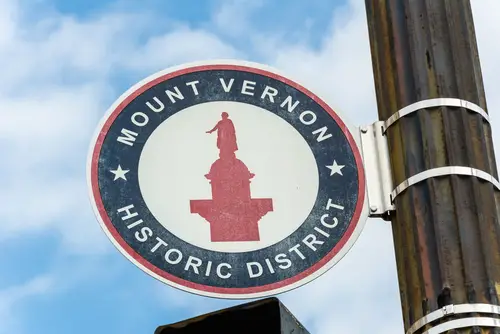
Visitors to Mount Vernon often wander the manicured grounds in awe of George Washington’s legacy, imagining a serene life along the Potomac. But few realize that the estate was sustained by the labor of more than 300 enslaved people at its peak. Washington’s image as a virtuous leader often overshadows his role as a slave owner, despite documented accounts of his pursuit of runaways. Even his decision to free his slaves came only after his death, in his will.
The guided tours and museum exhibits have improved over time, but many visitors still come expecting a patriotic pilgrimage, not a confrontation with America’s original sin. It’s easy to focus on the stately mansion and skip over the reconstructed slave quarters nearby. The site’s beauty can mask the deep contradictions of its history. A trip here becomes far more sobering when you realize freedom and bondage once coexisted on the same soil.
2. The Alamo – Texas’s Symbol of Heroism
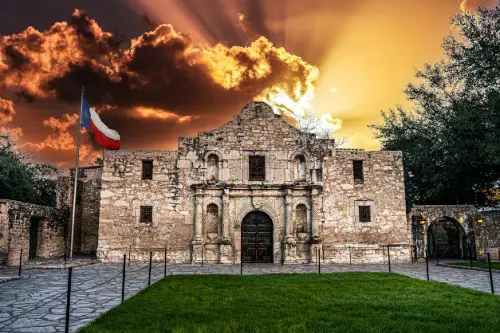
Every year, millions of tourists flock to the Alamo to honor the bravery of the defenders who fought against Santa Anna’s Mexican army. But the popular tale of “Remember the Alamo” glosses over the fact that many of those fighters were also defending the right to keep slavery legal in the territory. When Mexico abolished slavery in 1829, it threatened the economic system of Anglo settlers who had brought enslaved people with them from the U.S. That tension fueled much of the Texas Revolution’s energy.
The Alamo’s story has been retold in films and textbooks as a simple fight for freedom. Yet the “freedom” many settlers sought was the freedom to own other human beings. Visitors rarely hear that slavery played a key role in the conflict’s roots. The myth of noble sacrifice hides a more complicated and uncomfortable truth about what the Alamo actually represented.
3. Plymouth Rock – The Myth of Thanksgiving
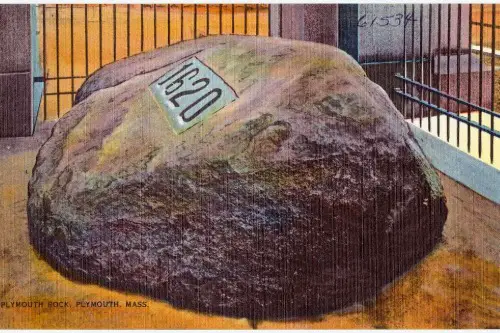
Plymouth Rock is treated like a sacred relic of America’s founding, but the story it tells is sanitized and one-sided. Tourists gather to celebrate Pilgrims seeking religious freedom while overlooking the devastation their arrival brought to the Wampanoag people. Within just a few decades, disease and warfare wiped out much of the Indigenous population. The so-called “First Thanksgiving” was not the start of harmony—it was the beginning of colonization and displacement.
The site itself is almost comically small, but the mythology surrounding it looms large. Schoolchildren learn about peace and gratitude, not about how settlers raided Native villages or enslaved survivors. The actual history is far grimmer than the folklore suggests. Visiting Plymouth Rock without that context is like watching only the opening scene of a tragedy and calling it a happy ending.
4. Monticello – Jefferson’s Contradiction
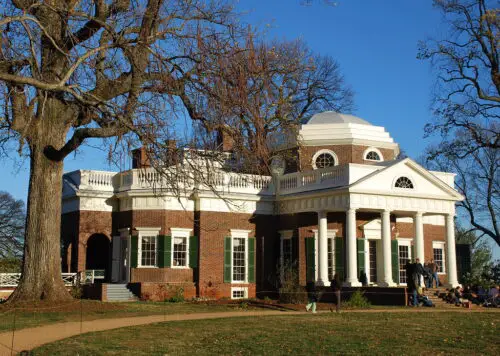
Monticello, Thomas Jefferson’s mountaintop home, is an architectural masterpiece and a UNESCO World Heritage Site. But beneath its symmetry lies a story of exploitation—Jefferson enslaved more than 600 people over his lifetime. Among them was Sally Hemings, an enslaved woman with whom Jefferson fathered multiple children while owning her. Their story complicates the image of Jefferson as a champion of liberty.
Visitors today can tour both the mansion and the slave quarters, and Monticello has made strides in telling a fuller version of its past. Still, many people arrive expecting to celebrate genius and innovation, not reckon with hypocrisy. The site offers a rare window into how ideals of freedom were built atop systems of bondage. Standing there, it’s impossible not to feel the contradictions echoing across time.
5. Central Park – A Beauty Built on Erasure
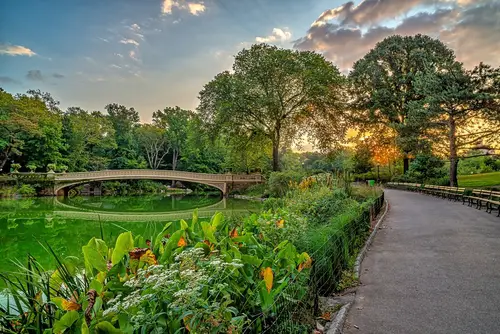
Central Park is often described as New York City’s “green lung,” a pastoral escape from the concrete jungle. But few realize it was built on the land of Seneca Village, a thriving Black community that was forcibly removed in the 1850s. The city used eminent domain to clear the area, displacing hundreds of residents who had built homes, churches, and schools. The village was later erased from maps entirely.
For over a century, Seneca Village was forgotten, its story buried under lawns and jogging paths. Only in recent decades have archaeologists begun uncovering artifacts that tell its story. Walking through the park today, most people have no idea they’re treading over what was once a symbol of Black self-sufficiency. The beauty of Central Park hides a history of loss and injustice just beneath the surface.
6. The Liberty Bell – A Symbol That Didn’t Ring True for Everyone
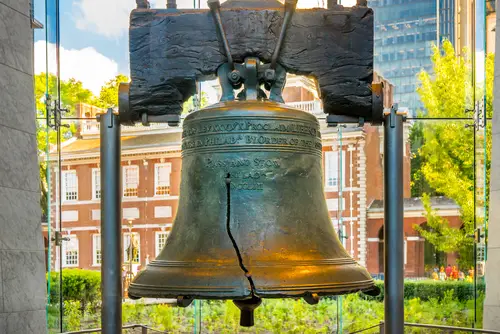
The Liberty Bell in Philadelphia is a powerful symbol of freedom and independence. Yet when it was cast, millions of African Americans remained enslaved, and Indigenous nations were under attack. The bell’s famous inscription—“Proclaim Liberty Throughout All the Land”—rang hollow for many who lived in bondage. Its image was used by abolitionists long before the government embraced that interpretation.
Today, visitors pose for photos beside the cracked icon, rarely questioning what “liberty” meant in 1776. The bell didn’t toll for universal rights—it tolled for the independence of a select few. Still, the irony has made it an enduring symbol of progress and protest. The Liberty Bell’s history is less about what America was and more about what it claimed to be.
7. Arlington National Cemetery – A Resting Place Built on Slavery

Arlington National Cemetery, the nation’s most hallowed military ground, sits atop land once owned by Robert E. Lee. Before it was a symbol of sacrifice, it was a plantation worked by enslaved people. The estate was seized by the Union during the Civil War and transformed into a burial ground—partly as an act of retribution against Lee. Yet the cemetery’s origins as a place of bondage are rarely discussed.
Visitors come to pay their respects to soldiers but often overlook the enslaved community that once lived and died there. Freed people were even buried in separate sections, reflecting segregation long after emancipation. It’s a striking reminder that American freedom has always been layered with contradiction. Even the soil beneath the headstones carries a complicated legacy.
8. Mount Rushmore – A Monument on Stolen Land
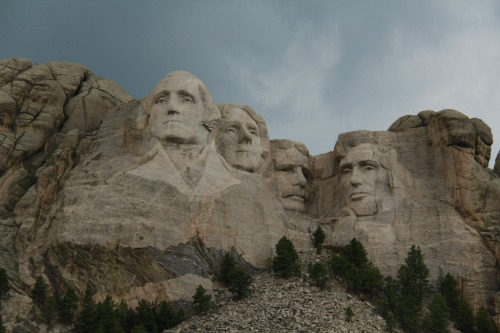
Mount Rushmore draws millions of visitors eager to see the colossal faces of four presidents carved into the Black Hills. What most don’t know is that this land was sacred to the Lakota Sioux, guaranteed to them by the 1868 Treaty of Fort Laramie. The U.S. government later seized it after gold was discovered nearby, violating the treaty outright. The carving itself was led by Gutzon Borglum, who had ties to the Ku Klux Klan.
To the Lakota, Mount Rushmore is a desecration, not a celebration. The presidents immortalized there—particularly Lincoln and Roosevelt—were involved in or supported policies harmful to Native Americans. Visitors see a patriotic symbol but miss the story of theft and betrayal beneath it. The mountain stands as both a marvel of engineering and a monument to broken promises.
9. Pearl Harbor – A Memorial That Overlooks Internment
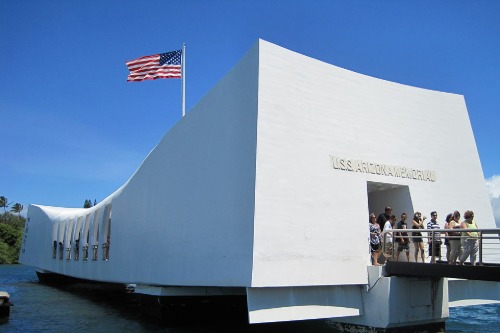
The USS Arizona Memorial at Pearl Harbor honors those killed in Japan’s 1941 attack, a moment that drew the U.S. into World War II. The site is sacred ground for many Americans, symbolizing courage and resilience. Yet few visitors connect the tragedy of Pearl Harbor to the mass incarceration of Japanese Americans that followed. Within months, over 120,000 people were forced into internment camps across the country.
The irony is that some families of Japanese American soldiers who died defending the U.S. were imprisoned by their own government. While the memorial powerfully captures loss, it omits the civil liberties that were lost in its aftermath. The emotional narrative of unity and sacrifice often drowns out the darker story that came next. Remembering Pearl Harbor fully means remembering both the attack and what it unleashed at home.
10. Disneyland’s Rivers of America – The Erased Native Frontier
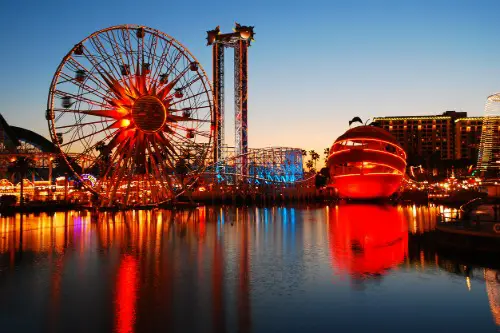
Disneyland’s Frontierland and its Rivers of America attraction celebrate the myth of westward expansion. Families drift by scenes of “pioneer life,” with nods to Native American villages presented as colorful backdrops. But the ride omits the brutal reality of displacement, warfare, and genocide that accompanied that expansion. The romanticized version of the frontier is more fantasy than history.
Walt Disney himself wanted to capture the “spirit of adventure,” not the pain behind it. Still, the attraction reflects how deeply the American myth of conquest has been woven into pop culture. Millions of visitors float by every year, unaware of the real cost of the frontier dream. It’s a reminder that even theme parks can rewrite history for comfort.
11. The Freedom Trail – A Path Through Contradiction
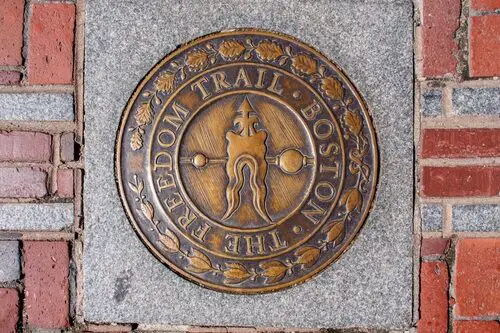
Boston’s Freedom Trail is a 2.5-mile walk through revolutionary landmarks celebrating independence. But some of those same sites were linked to slavery and the slave trade. Many of Boston’s wealthiest patriots made fortunes through rum, sugar, and enslaved labor. Even the Old State House once held slave auctions on its steps.
The red line guiding visitors tells a story of rebellion but rarely one of racial inequality. That selective storytelling leaves out how freedom for some meant oppression for others. Boston’s revolutionary spirit was real—but it coexisted with hypocrisy. Walking the Freedom Trail becomes more meaningful once you recognize the gaps in its narrative.
12. The Mission Trail – Faith and Forced Labor in California
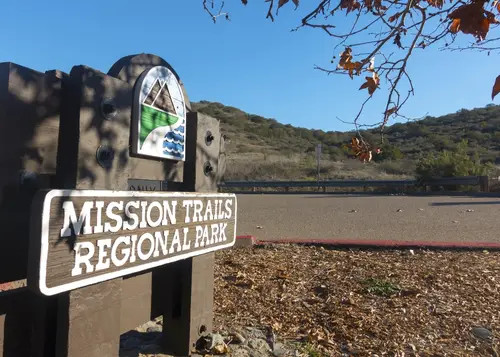
California’s Mission Trail attracts tourists with its adobe churches and rustic beauty. But these 18th- and 19th-century missions were built by the forced labor of Native Californians under Spanish colonization. Mission life often meant brutal conditions, disease, and cultural erasure. Thousands died within their walls.
The missions are still romanticized as places of peace and faith, especially in school curricula. Yet the system they represented sought to “civilize” Indigenous people by destroying their way of life. Today, many Native communities are reclaiming that history, demanding honesty about what really happened. Visiting a mission should be an act of remembrance, not nostalgia.
13. Ellis Island – The Gate That Wasn’t Open for Everyone
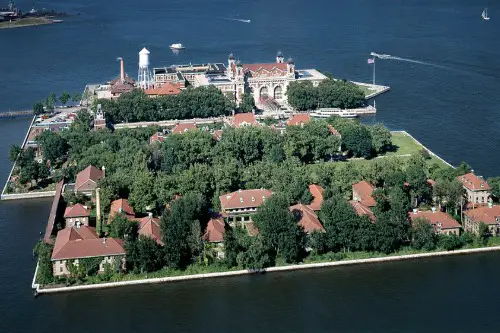
Ellis Island stands as the symbol of America’s immigrant heritage, welcoming millions between 1892 and 1954. The iconic narrative of hope and opportunity is inspiring, but it leaves out who was excluded. Asian immigrants, for example, were largely barred under the Chinese Exclusion Act of 1882, long before Ellis Island opened. Others were rejected for health, race, or politics.
The museum tells moving stories of families who made it through, yet the larger system was one of selective inclusion. For every name recorded in the registry, countless others were turned away or deported. The “nation of immigrants” story has always had boundaries. Ellis Island reminds us that even dreams have gatekeepers.
This post 13 Historic Sites Americans Visit Without Knowing the Horrible Stories Behind Them was first published on American Charm.


